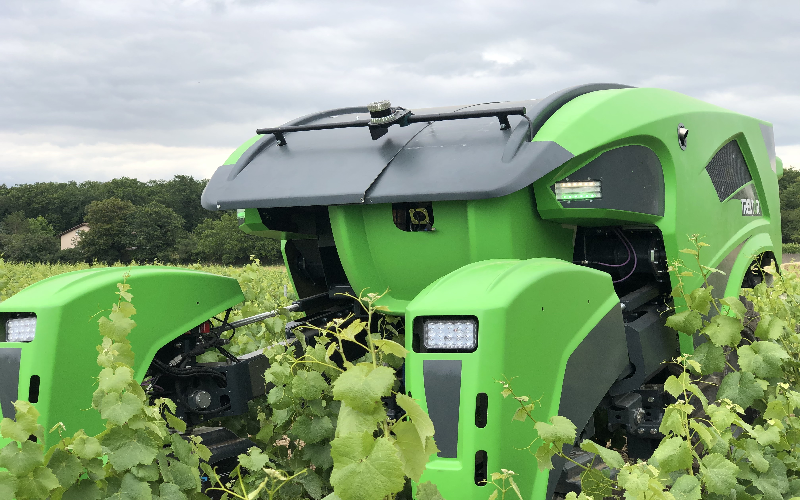Robotics is a vast concept made with several technologies, such as artificial intelligence, computer science, mechanical engineering, electrical engineering, IOT (Internet of Things), etc. The main focus of robotics revolves around designing and creating mechanical or biologically produced devices that can perform tasks that can help us in various activities that could be hard for humans. In the past few decades, development in robotics has led us to create robots that can perform even more than that. These highly sophisticated machines receive a vast amount of data per second from various sensors connected to them and then process and understand it using precoded instructions or artificial intelligence. Let’s explore the top 10 robotics breakthroughs that have brought colossal development and applications to the market.
1. Humanoid Robots
Humanoid robots are versatile robots that resemble the body structure of humans. These robots are valuable in various domains, such as research, medicine, entertainment, and others. They can serve as potential and reliable robotic nurses for older people’s care and be used as receptionists and automotive manufacturing workers. In entertainment, these robots are employed as theme park or stunt artists to perform a few intricate stunts. But it’s important to remember that these robots look reasonably realistic but lack cognitive abilities, unlike us. Humanoid robots are being employed for diverse industrial applications and daily tasks.

2. Surgical Robots
Surgical robots are types of robots that act as assistants in surgeries. Surgeons control the robotic system with a computer interface for precision and enhanced visibility at the surgical site. Memory devices are used in these computerized machines to store patient data, enabling accuracy in automated surgical procedures. Robotic surgery is expensive, with average costs in 2007 ranging from $5,607 to $45,914 per patient. However, doctors don’t approve of robot-assisted surgery in several critical surgeries related to cancer, etc., as it requires a lot of precision and experience.
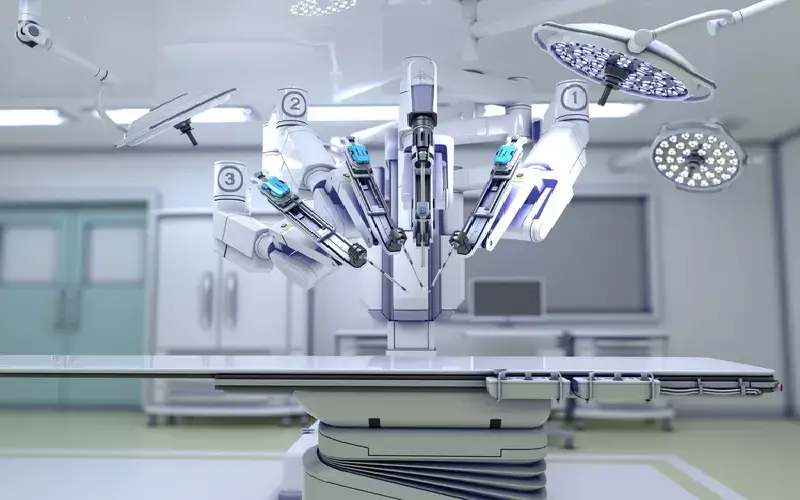
3. Autonomous Robots
Autonomous robots are intelligent machines or devices instructed (programmed) in a way that can continuously operate independently without much human interaction. Industries with high production and manufacturing rates typically use these robots. These robots are generally made using various sensors and advanced artificial intelligence-driven software to continuously fetch sensor data and adapt dynamically to required changes. This allows them to work without any supervision and make real-time decisions. This leads to a rapid increase in demand and applications of these robots.
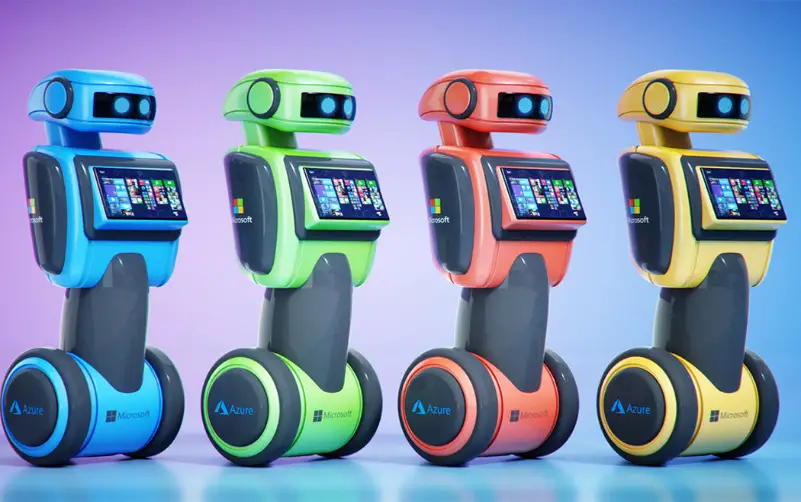
4. Nano Robots
Nanobots, also called Nanorobotics, are robots that are of nanoscale size, which means that these robots range from around 0.1 to 10 micrometers in size. Currently, most Nanorobotics are theoretical because of construction challenges at such a small scale. Motors move and communicate with molecules through structural changes. Shuttles transport chemicals to particular areas, and cars are advanced, freely moving Nanomachines guided by chemical or electromagnetic cues. Researchers use these individual parts to create Nanomachines that are capable of performing detailed tasks and often operate in groups or swarms.

5. Soft Robots
Soft robots are made of flexible materials, which opens up new opportunities in medication administration, simple surgery, assistive technology, prosthetics, and artificial organs. This broad discipline is served by the environment and depends mainly on material science, mechanical, biological engineering, and intelligent AI systems. These microrobots are primarily inspired by, biology and have several applications, such as 3D printing, polymeric applications, origami-based designs, actuation techniques, and biomedical applications.

6. Prosthetics And Orthotics
Patients can use a prosthesis, also known as a prosthetic implant, as a mechanical and artificial replacement for any body part that they may have lost due to a disease, trauma, or congenital abnormality. Due to this, doctors can make the missing body parts of humans back to function again, which is the main objective of these prosthetics. Computer-aided design (CAD) systems and software are used that enable precise design and analysis, making them essential in the process. Orthotics is a term that focuses on orthoses, which means braces and calipers. A tremendous amount of precision is required by these tools as they alter and modify the structure of the human skeletal frame and muscular systems.

7. Collaborative Robots (Cobots)
The field of robotics is incredibly vast, and one type of robot that has gained popularity is the collaborative robot, also known as a Cobots. You must have seen several Cobots around you in current times. These robots make up a small portion of all the sales made in the robotic market, although predicted says it can grow significantly, which could make up to 34% of all robotics sales spending worldwide by 2025. Domains that require scalability and around-the-clock working functionality usually use Cobots.
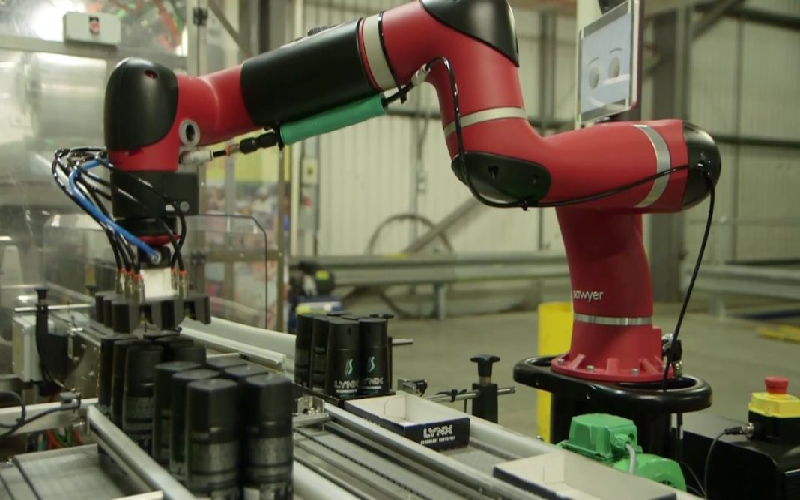
8. Space Robots
If you watch movies, you must have seen a few scenes of robots working in space. Those robots are highly useful in this environment. It takes a collaborative effort from experts across different fields, including biologists, computer scientists, engineers, and many more, to create highly sophisticated space robots. Effective communication, precision, and cooperation are crucial for advancement in this field. Several space agencies are constructing space robots for orbital missions, Mars rovers, and space transportation.
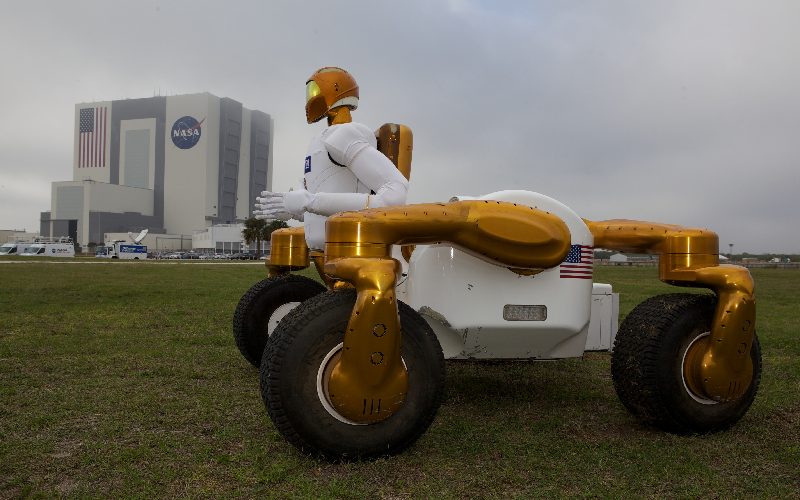
9. Robotic Exoskeletons
Exoskeleton is commonly referred to as robotic armor or powered armor. These portable, wearable gadgets help us hold and carry more weights (providing more strength and endurance). These hydraulic armor are great, and they provide us with super strength. These are relatively straightforward machines with electric motors and hydraulics. These exoskeletons also provide structural support and allow free joint movements. Powered exoskeletons have their parts that can move this reduces fatigue and improves load tolerance during heavy lifting.
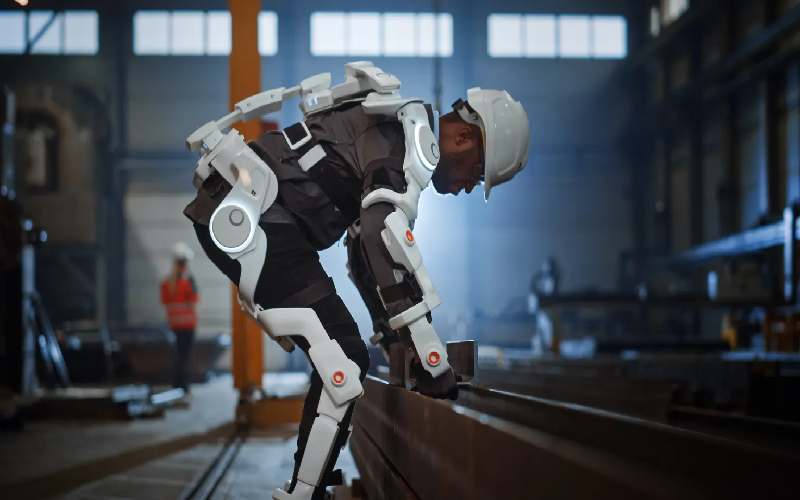
10. Agricultural Robotics
Agricultural robots are mechanical robots used in farming for several tasks, such as harvesting, picking fruits, and interacting with animals. These devices increase crop quality, reduce production costs, and boost productivity. As machines take over various tasks in agriculture, there will be a decrease in dangerous situations for farmers who operate motorized vehicles, while also increasing automation in the field. It has been estimated that the agricultural robot market will reach a value of $11.58 billion by 2025.
